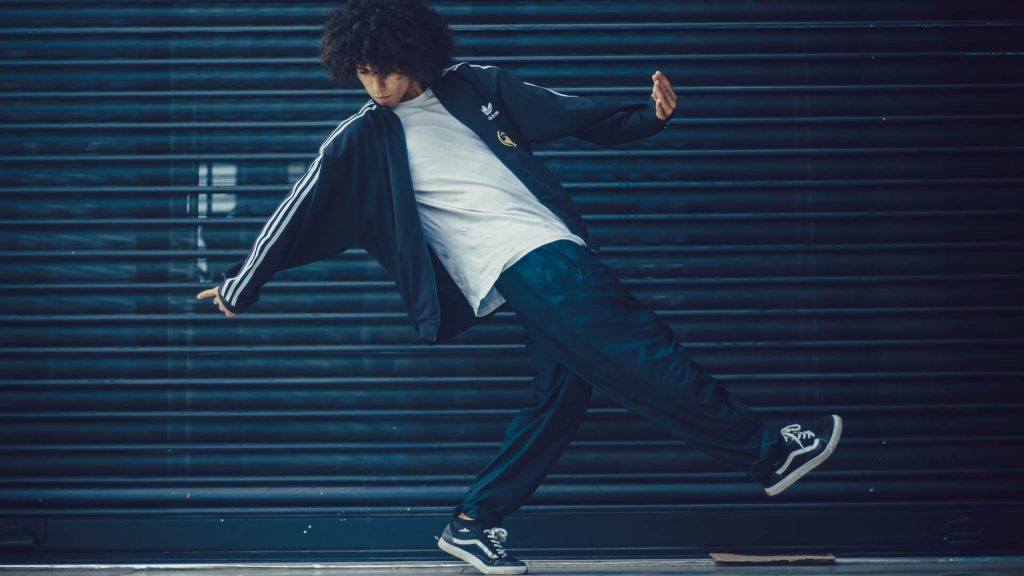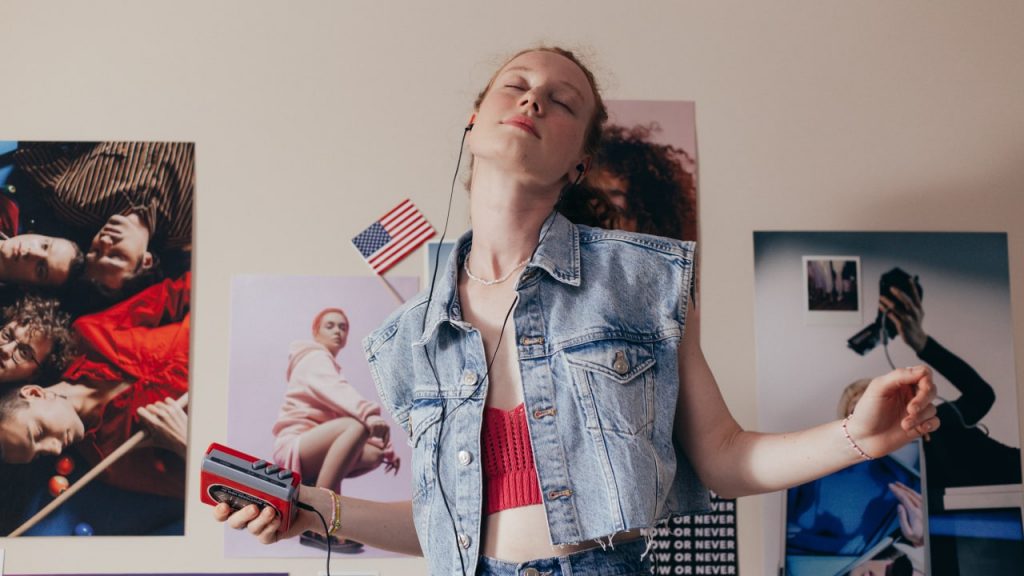
Why Dance Is the Ultimate Full-Body Workout
In the world of fitness and wellness, where traditional workouts like weightlifting and jogging often steal the spotlight, a captivating and scientifically proven alternative marries the joy of self-expression with the effectiveness of a full-body workout: dance. Beyond the enchanting choreography and the rhythmic footwork, dance encompasses a realm where every movement is a precise orchestration of multiple muscle groups across the entire body. It is not merely an art form; it is a comprehensive and intricate symphony of motion, a beautifully woven tapestry of cardiovascular exercise, strength training, and flexibility enhancement. As we delve deeper into this exploration, we’ll unveil the multifaceted reasons why dance is indeed the ultimate full-body workout, benefitting not only the physical body but also nurturing the mind and soul.
The Science of Dance as a Full-Body Workout

Dance
Dance is a symphony of motion and muscles, a beautiful marriage of art and science. Beyond the captivating choreography, every movement you make engages a multitude of muscles throughout your body. From the legs that drive you forward and the core muscles that maintain your balance and posture, to the arms that follow the rhythm and style, dance is a full-body workout that simultaneously offers cardiovascular exercise, strength training, and flexibility enhancement.
The Cardiovascular Benefits of Dance
The very essence of dance is movement, and movement is an excellent way to elevate your heart rate. Whether you’re performing a high-energy dance style like Zumba or a slower-paced waltz, dance gets your heart pumping. This sustained elevation of your heart rate is a key component of a full-body workout, contributing to improved cardiovascular health and increased endurance. In essence, dance is not just about rhythm and grace; it’s about keeping your heart and lungs in excellent shape.
Strength and Toning
Different dance styles target various muscle groups with remarkable precision. Take ballet, for instance. It focuses primarily on the leg muscles, leaving you with beautifully toned and powerful lower limbs. In contrast, hip-hop dance places a significant emphasis on the core muscles, cultivating strength and agility in this vital area. Contemporary dance, on the other hand, actively engages the back and shoulder muscles. With the repetition of movements and the maintenance of various postures, dance effectively builds and tones your muscles. This means that, regardless of your chosen style, you’ll be treated to a full-body workout that strengthens and sculpts your physique.
Flexibility and Range of Motion
The graceful fluidity and wide range of movements in dance routines do more than create beautiful shapes; they enhance your flexibility and range of motion. This is not merely about showcasing your prowess on the dance floor; it’s about cultivating functional mobility. Improved flexibility not only reduces the risk of injuries but also makes your everyday movements easier. Whether reaching for items on high shelves or simply bending down to tie your shoes, the flexibility gained through dance empowers you to perform these actions with greater ease and grace.
The Physical and Mental Benefits of Dance

Balance and Coordination
Dance is not just about freedom of expression; it’s also about precision. Every dance style, from the meticulous steps of ballroom dance to the energetic sequences of hip-hop, requires a high degree of coordination. The precise footwork, the graceful arm movements, and the maintenance of the correct posture demand exceptional balance and coordination. Over time, practicing dance hones these skills, making you more agile and less prone to slips and falls. Such skills are not only advantageous on the dance floor but also in everyday life, where balance and coordination are essential.
Stress Reduction and Mood Enhancement
Dancing isn’t merely about the physical; it’s about the emotional journey as well. The sheer joy of dancing, the captivating music, and the opportunity for self-expression can serve as an exceptional stress reliever. The endorphins released during dance can work wonders for your mood, alleviating stress and anxiety. Many individuals find that dancing is not just a workout but a form of therapy. It provides emotional relief and a means to escape the pressures of daily life. In short, dance doesn’t just sculpt your body; it also heals your mind and spirit.
Weight Management and Metabolism Boost
Dance, when combined with a healthy diet, can be a powerful tool for weight management. The calorie-burning effect and the boost to your metabolic rate that dance delivers contribute to maintaining or achieving a healthy weight. Unlike traditional workouts, dance doesn’t feel like a chore; it’s a joyful and engaging process. It’s an enjoyable way to burn calories and shed pounds, making it easier to stay consistent and savor the journey toward your fitness goals.
The Dance Styles

Diverse Dance Forms
One of the most remarkable aspects of dance as a full-body workout is its diversity. Dance offers a kaleidoscope of styles, each with its unique charm. Whether you’re drawn to the elegance of ballet, the high-energy moves of hip-hop, the passion of salsa, or the precision of tap dance, you’ll find a style that suits your preferences. Dance is not a one-size-fits-all experience; it’s a versatile world where everyone can find their niche.
Social Interaction and Community
Dance is often a shared experience, whether it’s in the form of a class or a group activity. This social element adds an extra layer of motivation and enjoyment to your full-body workout journey. Dancing with others creates a sense of community and camaraderie, enhancing the overall experience. Whether you’re dancing in a salsa club, participating in a ballroom class, or joining a flash mob, the shared moments and connections you create through dance are immensely rewarding.
Mind and Body Synergy

Enhanced Memory and Cognitive Function
Learning and remembering dance routines isn’t just a physical challenge; it’s a mental exercise as well. Dance requires you to remember choreography and execute it with precision, sharpening your memory and cognitive function. This mental workout is valuable, especially as we age, as it keeps the mind active and alert. The cognitive benefits of dance extend beyond the studio, enriching your daily life.
Improved Posture and Body Awareness
Dance encourages good posture and heightened body awareness. As you refine your movements and align your body with grace, you become more conscious of your posture and how you carry yourself. The elegant posture cultivated through dance not only enhances your appearance but also contributes to healthier musculoskeletal alignment. This, in turn, reduces the risk of posture-related problems and helps you move through life with more grace and ease.
Conclusion
In the world of fitness, dance shines as the ultimate full-body workout. It’s not just a physical exercise; it’s an art form and a pathway to self-expression. With its cardiovascular benefits, muscle strength, and toning, enhanced flexibility, and the added advantages of balance, coordination, and stress reduction, dance offers a holistic approach to fitness. It’s a joyful and engaging way to maintain a healthy lifestyle while embracing the process. So, the next time you contemplate your fitness routine, consider stepping onto the dance floor, where fitness meets the sheer joy of expression. Dance, indeed, is the ultimate full-body workout that nourishes your body, mind, and soul.

